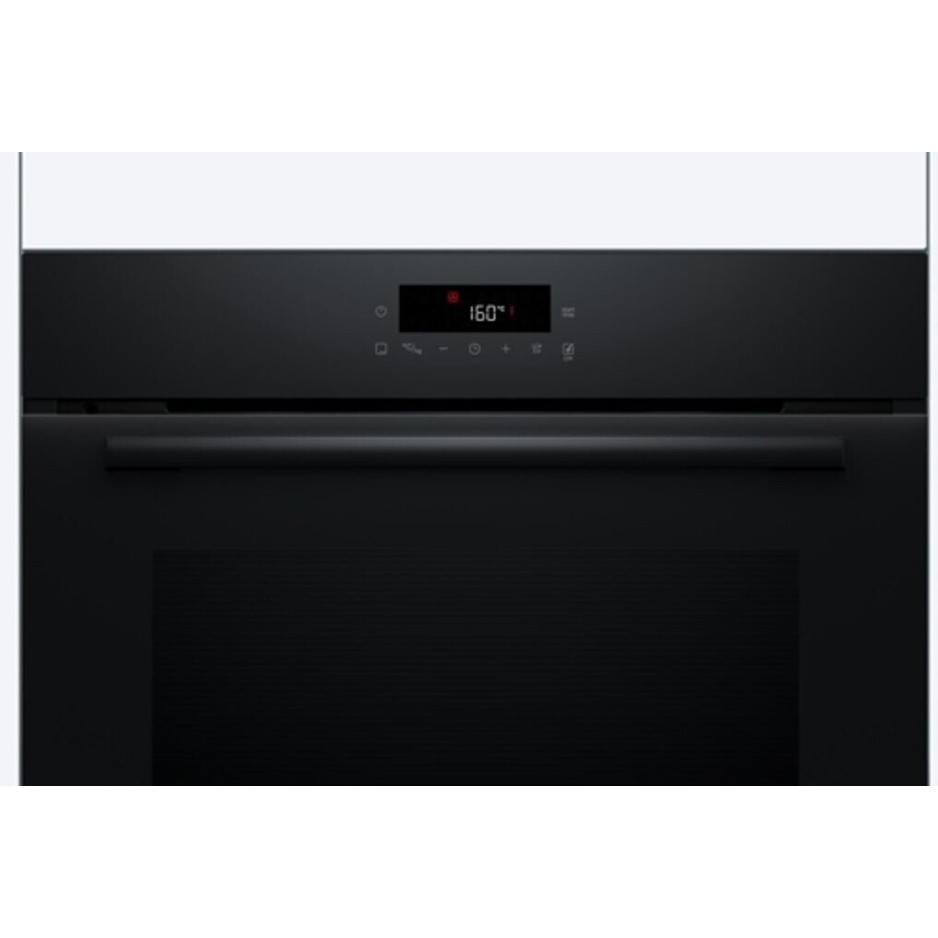The Ultimate Built-in Oven Test: A Comprehensive Guide
In today's contemporary kitchens, built-in ovens have become an essential home appliance, offering more than just a means of cooking food. Their smooth designs, ingenious functions, and effective cooking techniques can considerably enhance the cooking experience. However, with a wide variety of alternatives on the marketplace, selecting the best built-in oven can be overwhelming. This post aims to dive deep into the intricacies of built-in ovens, offering a structured technique to checking their capabilities and performance.
1. Comprehending Built-in Ovens
Before diving into the screening process, it's necessary to comprehend what distinguishes built-in ovens from standard freestanding designs. Built-in ovens are developed to be integrated into cabinetry, offering a seamless appearance and maximizing kitchen area. They are available in numerous types, including:
- Single Ovens: Ideal for smaller sized homes or those who cook infrequently.
- Double Ovens: Offering the versatility of cooking multiple meals at different temperatures, ideal for larger households or those who captivate frequently.
- Combination Ovens: Merging convection and microwave innovations for quick and effective cooking.
Table 1: Types of Built-In Ovens
| Oven Type | Description | Perfect For |
|---|---|---|
| Single Oven | A single cooking cavity for basic cooking | Small homes |
| Double Oven | 2 separate cavities for simultaneous cooking | Big households |
| Combination Oven | Combines convection and microwave cooking | Quick meal prep |
2. Criteria for Testing Built-in Ovens
Testing a built-in oven includes several essential criteria that can determine its overall performance and user satisfaction. Here's a breakdown of what to test:
2.1 Cooking Performance
- Preheat Time: Measure how rapidly the oven reaches the desired temperature level.
- Temperature Accuracy: Check the oven's actual temperature against the set temperature level utilizing an oven thermometer.
2.2 Cooking Consistency
- Even Cooking: Cook a batch of cookies to see if they bake uniformly.
- Roasting: Test a chicken to guarantee it cooks fully without burning.
2.3 Features and Controls
- User Interface: Evaluate the ease of usage for dials, buttons, or touch controls.
- Cooking Modes: Assess the range and efficiency of available cooking modes, including baking, broiling, and grilling.
2.4 Design and Build Quality
- Products: Investigate the building products for resilience and upkeep.
- Aesthetic appeals: Consider how well the oven incorporates into the cooking area décor.
2.5 Energy Efficiency
- Energy Consumption: Review energy rankings and efficiency throughout usage.
- Self-Cleaning Features: Examine if the self-cleaning option is effective and easy to use.
Table 2: Testing Criteria for Built-In Ovens
| Criterion | What to Test | Importance |
|---|---|---|
| Cooking Performance | Preheat time, temperature level accuracy | High |
| Cooking Consistency | Even cooking, roasting quality | High |
| Features and Controls | User interface, cooking modes | Medium |
| Design and Build Quality | Materials, aesthetic appeals | Low to Medium |
| Energy Efficiency | Energy intake, self-cleaning functions | High |
3. Testing Process
The screening process is organized and can be broken down into a series of phases. Here's how to conduct an extensive test for built-in ovens:
Phase 1: Initial Set-Up
- Setup: Ensure the oven is set up according to the manufacturer's requirements.
- Calibration: Calibrate the oven if required, following the user handbook.
Phase 2: Preheat Testing
- Test1: Set the oven to 350 ° F and time the length of time it requires to reach that temperature level. Repeat for 400 ° F and 450 ° F. Phase 3: Cooking Tests
- Cookie Baking: Bake several trays of cookies, switching their positions halfway through to test for evenness.
- Roasting Chicken: Roast a whole chicken, noting the cooking time and internal temperature level at different points.
Stage 4: Feature Evaluation
- Control Panel: Use various functions to explore ease of navigation and responsiveness.
- Multifunctionality: Test extra modes like convection and grilling.
Phase 5: Efficiency Assessment
- Energy Consumption: Use a watt meter to measure energy use throughout different cooking jobs.
Stage 6: Cleaning and Maintenance
- Self-Cleaning Cycle: Run the self-cleaning cycle and examine cleanliness after conclusion.
4. Typical FAQs About Built-In Ovens
Q1: How do I select the best built-in oven for my kitchen?
Picking the right built-in oven depends on your cooking routines, cooking area area, and style preferences. Think about just click the next site as size, cooking capacity, and readily available functions.
Q2: Are built-in ovens more expensive than conventional ovens?
Usually, built-in ovens tend to be more expensive due to their design and installation requirements. However, they can also improve your kitchen's visual and functionality.
Q3: What's the typical lifespan of a built-in oven?
The typical lifespan of a built-in oven is around 10 to 15 years, depending upon use and upkeep.
Q4: Do built-in ovens need more maintenance?
Built-in ovens typically require comparable maintenance to conventional ovens, though the integrated design might make ease of access for cleaning a little more challenging.
Checking a built-in oven is crucial before buying, as it enables prospective purchasers to determine the home appliance's capabilities and ensure it satisfies their needs. By thinking about important factors such as cooking efficiency, features, style, and energy performance, one can make a well-informed decision.
With the right testing protocols in location, selecting the ideal built-in oven can transform not just your cooking experience but likewise elevate your whole cooking area's design and performance.

